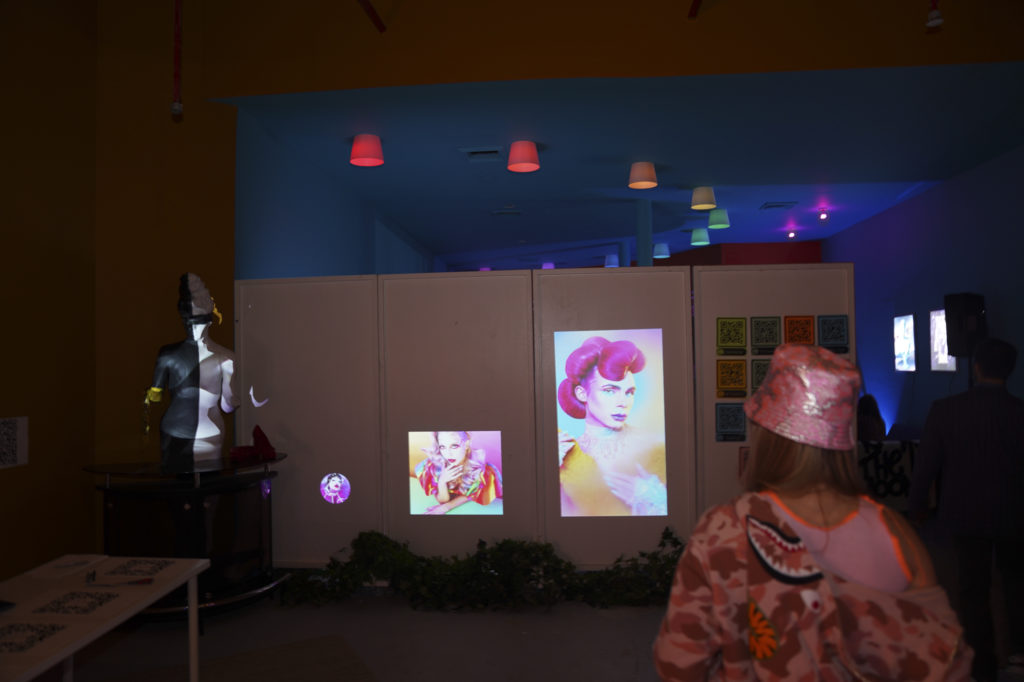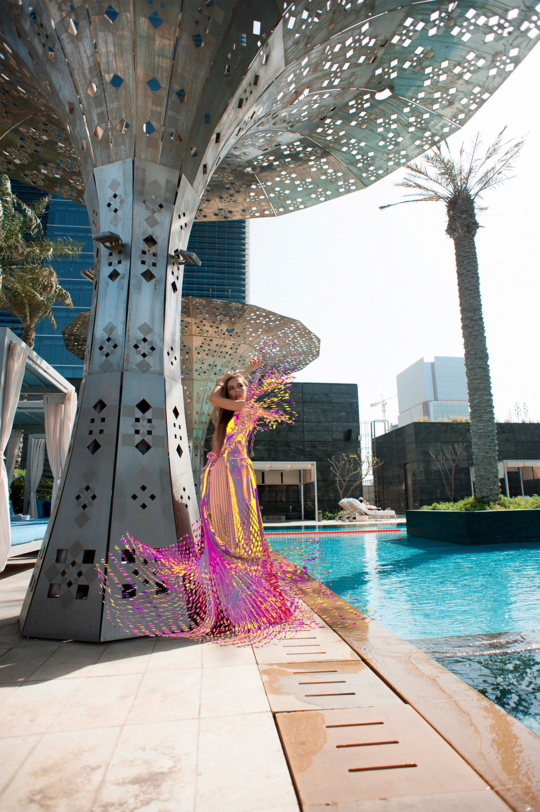The 140 Collection from Twitter
The news that Twitter was dropping NFTs on Rarible seems like it could have received more attention but it was an NFT drop and those happen every day now. On the other hand, Twitter is not only a leading social media site but also quite likely the foremost social media site for NFTs. So perhaps the news was simply underwhelming given the outsized possibilities, a bunch of fun NFTs versus Twitter going full-scale into NFTs as they probably should have.
Twitter’s drop was well organized, led to some excellent NFT art, a quickly heating secondary market, and a positive reception overall. Unfortunately, Twitter did not take the opportunity to visibly include the artists in the drop and so missed out on deepening community connections. Such connections will be increasingly powerful as we see the further intersection of NFTs and the creator movement.
A Solid Launch
Twitter’s The 140 Collection, named after the early 140 character limit on tweets, was released June 30th by a team led by Bianca Posterli, Twitter’s “over-caffeinated Head of Social Marketing & Campaigns.”
The reveal was stretched out over the day with drops on Rarible and additional background info and discussion on Twitter. The extra-brief intro created some confusion but it also opened up a bit of a treasure hunt between tweets on Twitter and posts on Rarible as folks sorted things out.
The historical moments were chosen to document and record as NFTs were solid picks and the ‘campaign simply focused on the art’ model is a good fit for such a rich collection of individual artworks.
A number of major media outlets including TechCrunch and Bloomberg chose to play along with the bare bones announcement.
Numerous personal touches reminded us there are humans in NFT Land from Twitter leaders like Phonz.eth supporting the project to NFT Land personalities like artchick.eth getting a guest appearance on the official Twitter account’s banner:

But Where Were the Artists?
Despite the strong presence of art, the artists themselves were mostly invisible though mentioned as members of the Twitter team that realized this project. One of the more interesting dynamics in crypto art is the movement by artists between commercial, corporate settings and independent, direct-to-collector approaches. Moving between such worlds sharpens one’s perception and sometimes offers opportunities for raising basic questions that otherwise get lost in the art business as usual:
These artists name should have been in the metadata, but okay. What are your royalty splits looking like?
— bitpixi.eth (@bitpixi) July 1, 2021
Did @Twitter leave out the artists names on the token? If so was this a commercial buyout situation, or are they receiving royalties? These, along with the @opensea choice, makes this drop miss in my eyes. We must ask the hard questions to inform on how they can improve. https://t.co/DtNz6yhpI6
— GISELXFLOREZ (@GiselFlorez) July 1, 2021
Ideally, such questions can lead to rich open-ended improvements and possibilities.
As Florez notes, it really would be amazing for crypto artists if Twitter decided to “launch and immerse themselves in our culture by making exclusive #cryptoartist drops honoring our decentralized methods and highlighting the amazing talents!”
Such a process could have begun with this very first drop and info about each artist and their art. Many of us would find the creation process and workflow of interest as well.
The 140 Collection team had numerous options but also constraints of which we are not aware. That said, making the creators the center of campaigns would allow any company to get closer to the heart of the energy driving the art. Given the current noise in the NFT space will only increase moving forward, building deeper connections will be an important key to remaining relevant to the life of one’s community.
































